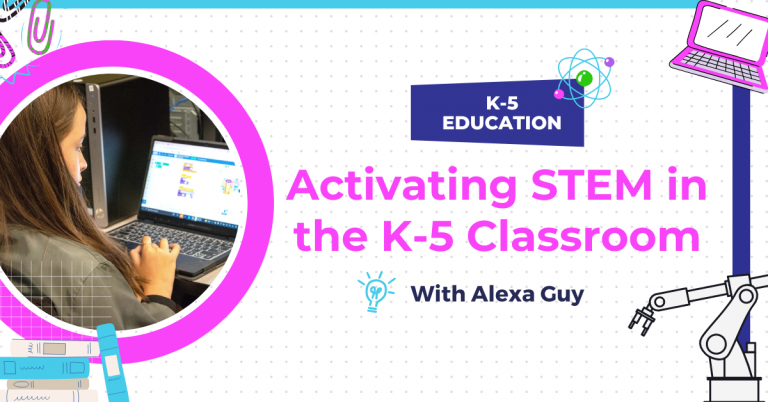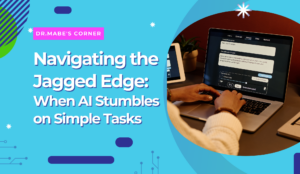While education is always transforming, after COVID-19, the transformation for all involved switched instantaneously. In a matter of days millions of students, schools, educators, and families were thrown into an entire new world, one where all learning became digital. While this reigns true, this week the NAEP scores across the country were released (NAEP Data) and even with some of the most innovative and engaging technologies, our students are falling behind more than ever and our school communities are feeling it. While some may argue the education equity gap is closing in some regards in education, the integration of technology is showing us an entire aspect of our students’ learning experience where the equity is increasing.
Some of our most vulnerable populations are elementary aged youth. Much research, programs, and efforts in the EdTech space are developed and considered with secondary aged learners in mind. To foster an integration of technology from the start of the learning experience, as educators and learning communities, it is necessary that we consistently challenge ourselves and students’ as young as kindergarten to the use of technology. Here are five instant things to do when considering to do so:
- What technology supports are available at my school site or through my district? (Start with actual hardware so i.e. computers, chromebooks, laptops, ipads, tablets, you name it.)
- What technology is available to me as an educator and facilitator of learning and now digital skills?
- What programs are age appropriate as well as content relevant for my classroom setting and are they already offered through my school district and if so are they free?
- What support does my district or the individual company provide for teacher support? Are there PDs, training or a professional learning network or community that can support my efforts?
- What time in my schedule allows for 21st century engagement? Think about it, activities that are traditionally done can be advanced or more engaging with the use of a digital instructional tool. Questions?
Need more specific guidance? Send us a note!






